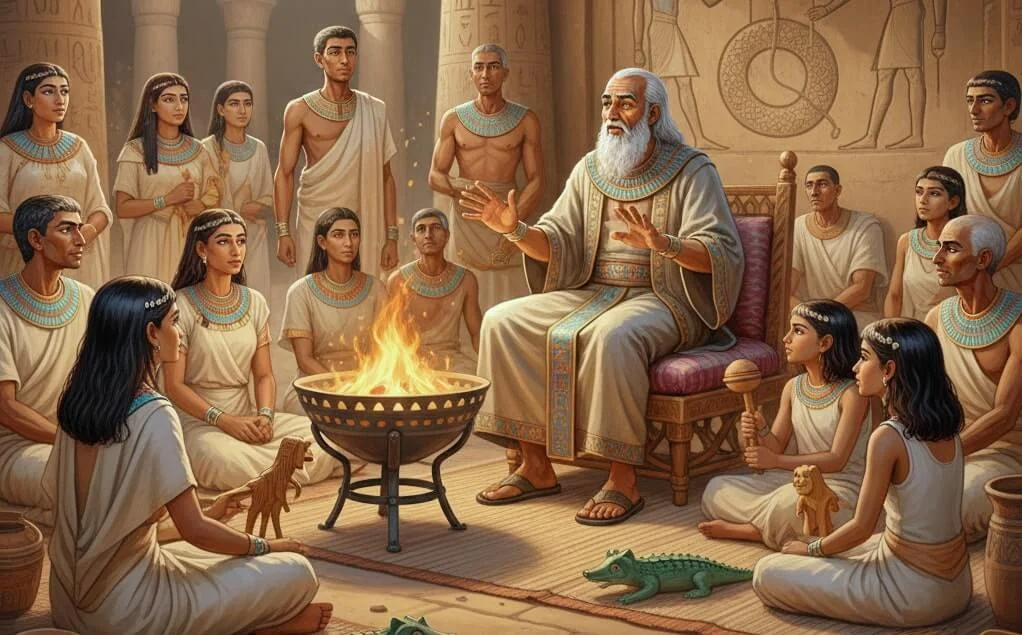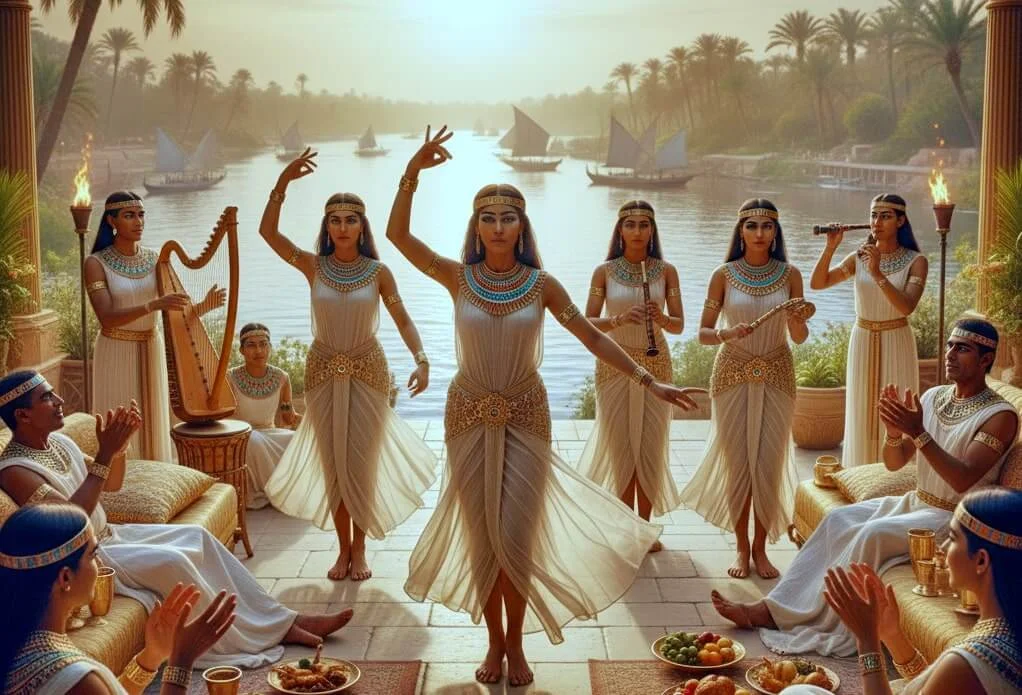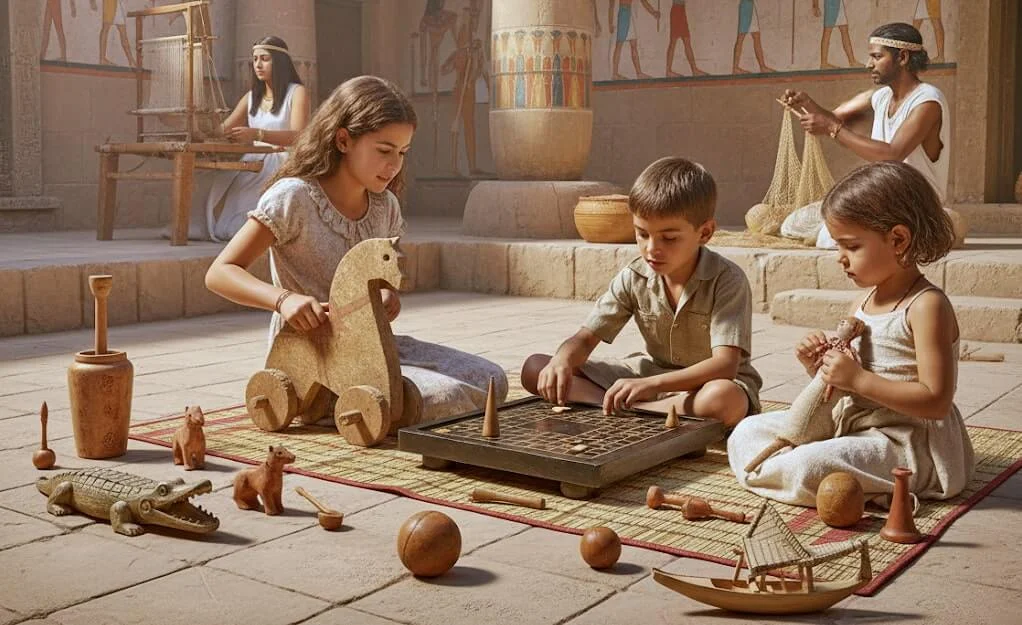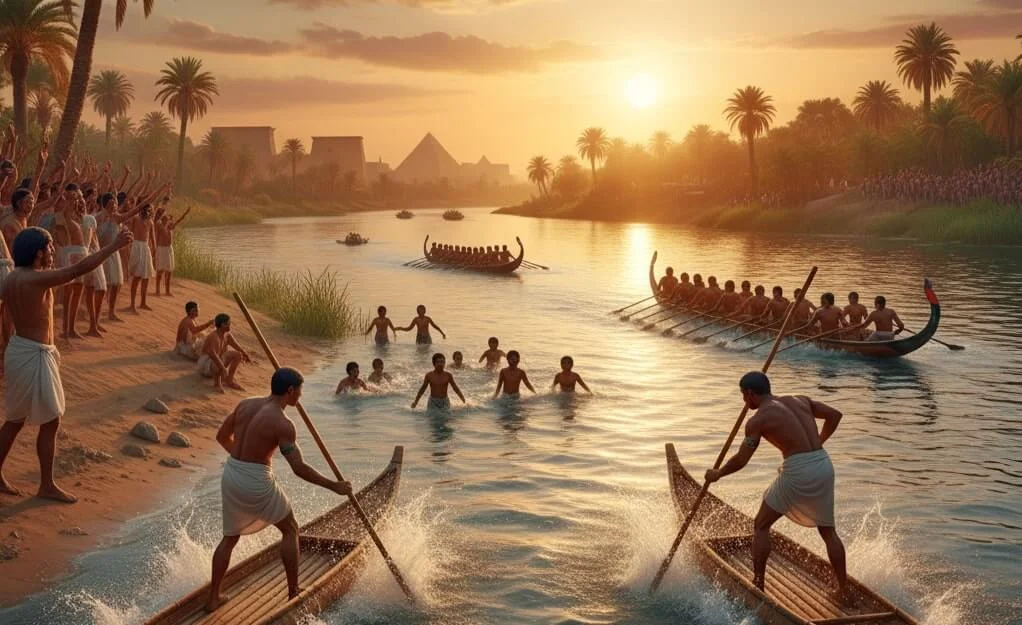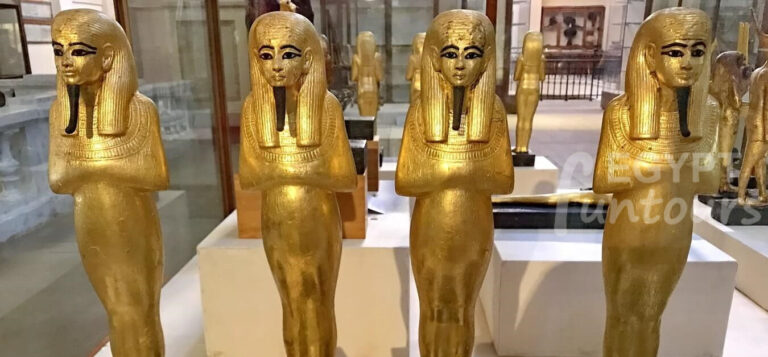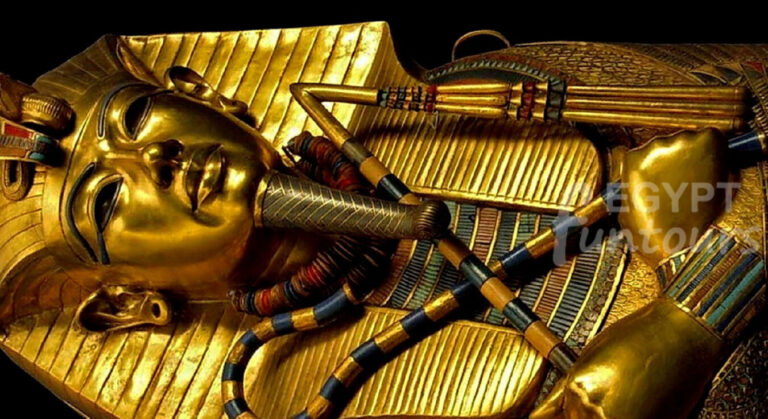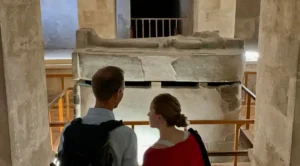Sports and Athleticism: Prowess for Pharaoh and Peasant

Sports were fundamental to Ancient Egyptian culture. They served vital roles in military training, religious ritual, and daily entertainment. The Egyptians highly valued athleticism. They believed a healthy youth led to a productive adult. Evidence from temple artwork and tomb paintings provides a detailed visual record of their intense competitive life.
The Spectrum of Ancient Egyptian Sports
Athletes—including men, women, and children—engaged in a wide variety of activities that tested strength, endurance, and skill.
Combat and Strength: Wrestling and boxing were among the most popular sports, frequently depicted in tomb paintings (e.g., Beni Hasan). These activities were key to military training and demonstrating physical prowess and skill in hand-to-hand combat.
Footraces and long-distance running tested speed and endurance. They often held these events during major religious festivals.
The Nile River drove their athletic life. Activities like swimming, rowing, and water jousting fostered vital survival skills and competitive spirit. All genders practiced swimming from a young age.
Archery and chariot racing focused primarily on nobility and royalty. Pharaohs like Amenhotep II and Ramesses the Great showed renowned skill in archery. This demonstrated their fitness to rule and combat readiness.
Team games encouraged teamwork and agility. These included competitions like Field Hockey (using curved sticks and a ball of papyrus or leather), Tug-of-War (often using a hoop), and various ball games.
The Ritual and Functional Role of Athletics
Sports served more than recreation in Ancient Egypt. They formed a critical part of the political and religious structure.
Royal Validation (Heb-Sed Festival):
The Pharaoh’s physical fitness mattered crucially. During the Heb-Sed festival (held after 30 years of rule), the king ran a course publicly. He demonstrated his strength this way This ritual reaffirmed his divine right and ability to lead.
Military Preparation (Mock Battles): Many sports served as practical training for warfare. Wrestling built strength for close-combat, archery developed precision, and chariot racing sharpened tactical maneuvering. Victories in these mock battles were often viewed as offerings and tributes to the gods.
Fair Play and Officials: To maintain order and integrity, referees and officials were present to oversee competitions like wrestling and boxing, ensuring fairness and enforcing rules—a clear indication of the high social value placed on organized competition.

